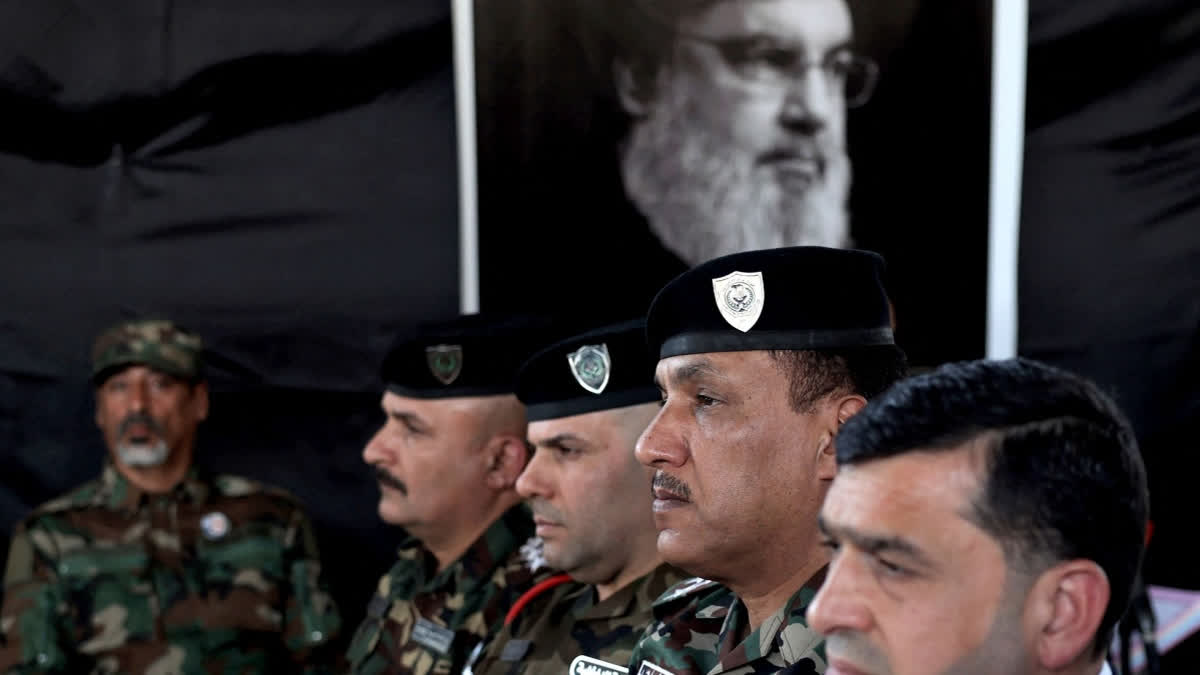Jerusalem:Israel's killing of Hezbollah chief Hassan Nasrallah in an air strike on Friday was a feat of spycraft capping days of operations highlighting its deep infiltration of the Iran-backed group.
Here's what we know about how Israel marshalled its intelligence resources to pull off the attack:
- The buildup -
Hezbollah began firing into northern Israel the day after its ally Hamas staged the brutal October 7 attack on southern Israel, triggering the ongoing war in Gaza.
Israel's relatively low-level campaign against Hezbollah escalated dramatically on September 17 with sabotage attacks on pagers used by Hezbollah, followed the next day by explosions targeting the group's two-way radios.
Exploding devices, which Israel has not claimed, killed at least 39 people, wounded almost 3,000 and "threw Hezbollah's communications back to the stone-age", wrote Robert Satloff of the Washington Institute for Near East Policy.
Analysts said the operation reflected huge strides by Israel's Unit 8200 signals intelligence group in penetrating Hezbollah's communications devices.
In February Nasrallah himself warned that "the cell phone that you hold in your hand is a spying device", prompting use of the pagers that were later weaponised.
Yet military spokesman Lieutenant Colonel Nadav Shoshani told journalists the intelligence-gathering that led to Friday's Beirut strike on Nasrallah went back years.
"We had used the intelligence we've been working for years to gather, and we had real-time information, and we carried out this strike," he said.
Retired Colonel Miri Eisen, a senior fellow at Israel's International Institute for Counter-Terrorism at Reichman University, also said the strike was the product of extensive work.
"Israel's capabilities when it comes to Hezbollah show the depth of the intelligence infiltration into Hezbollah lines," she said, adding these were "not things that were invented in the last 11 months" after Hezbollah began striking the north.
- The strike -
Israeli officials have said Nasrallah and other Hezbollah leaders gathered on Friday for a meeting at the group's "central headquarters" in its main stronghold, located in Beirut's southern suburbs.
Warplanes had been pounding the area extensively as Israel ramped up operations against Hezbollah.
A military video showed F15 jets taking off from Hatzerim Airbase on Friday to carry out the operation.
Just before 6:30 pm (1530 GMT) the sound of powerful explosions was heard across the Lebanese capital.
